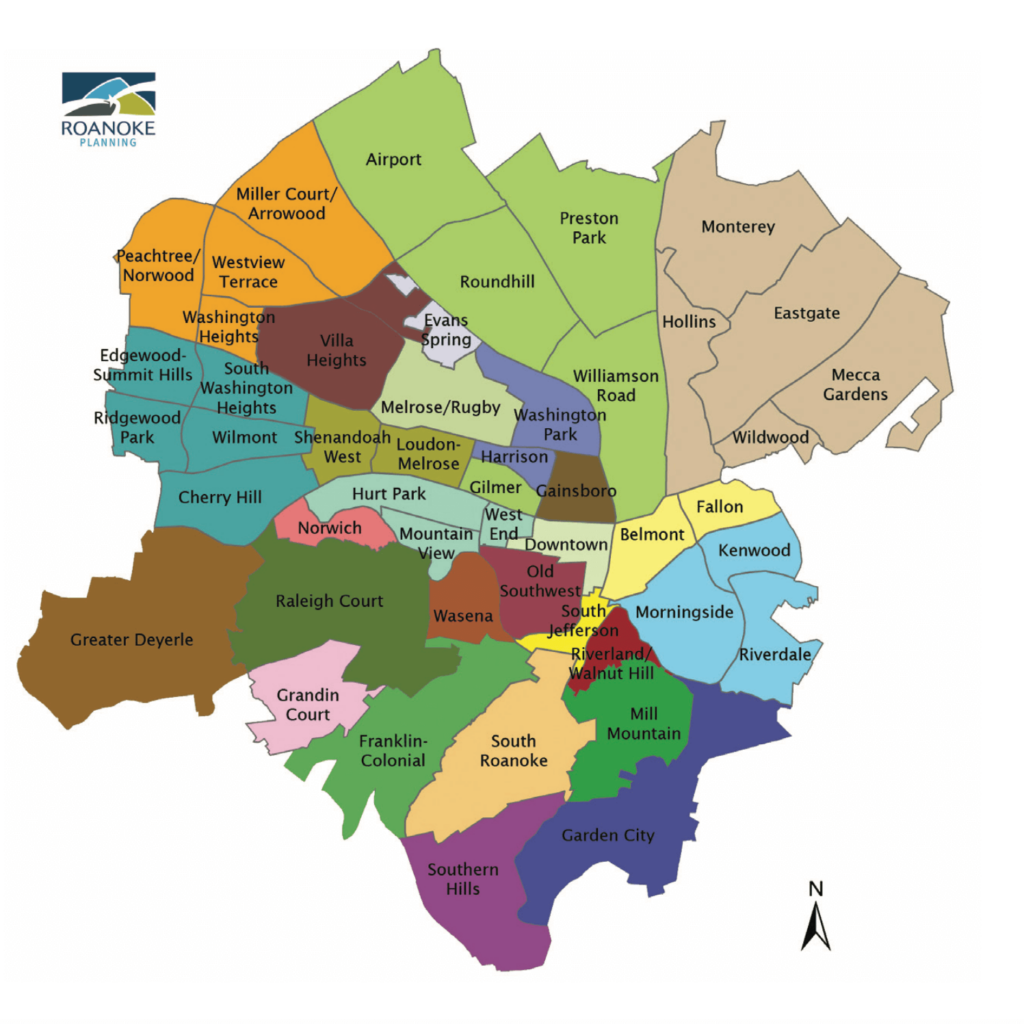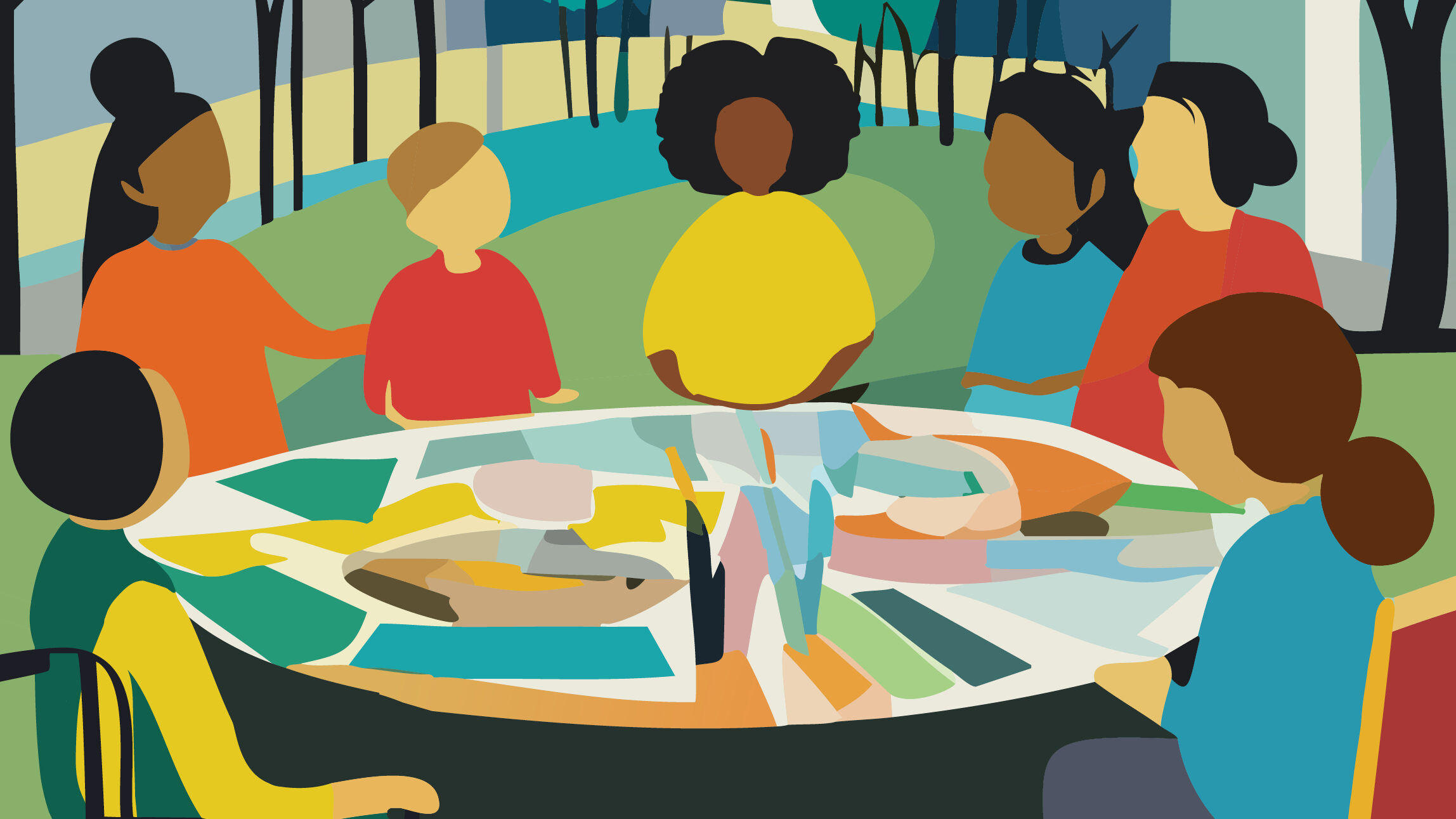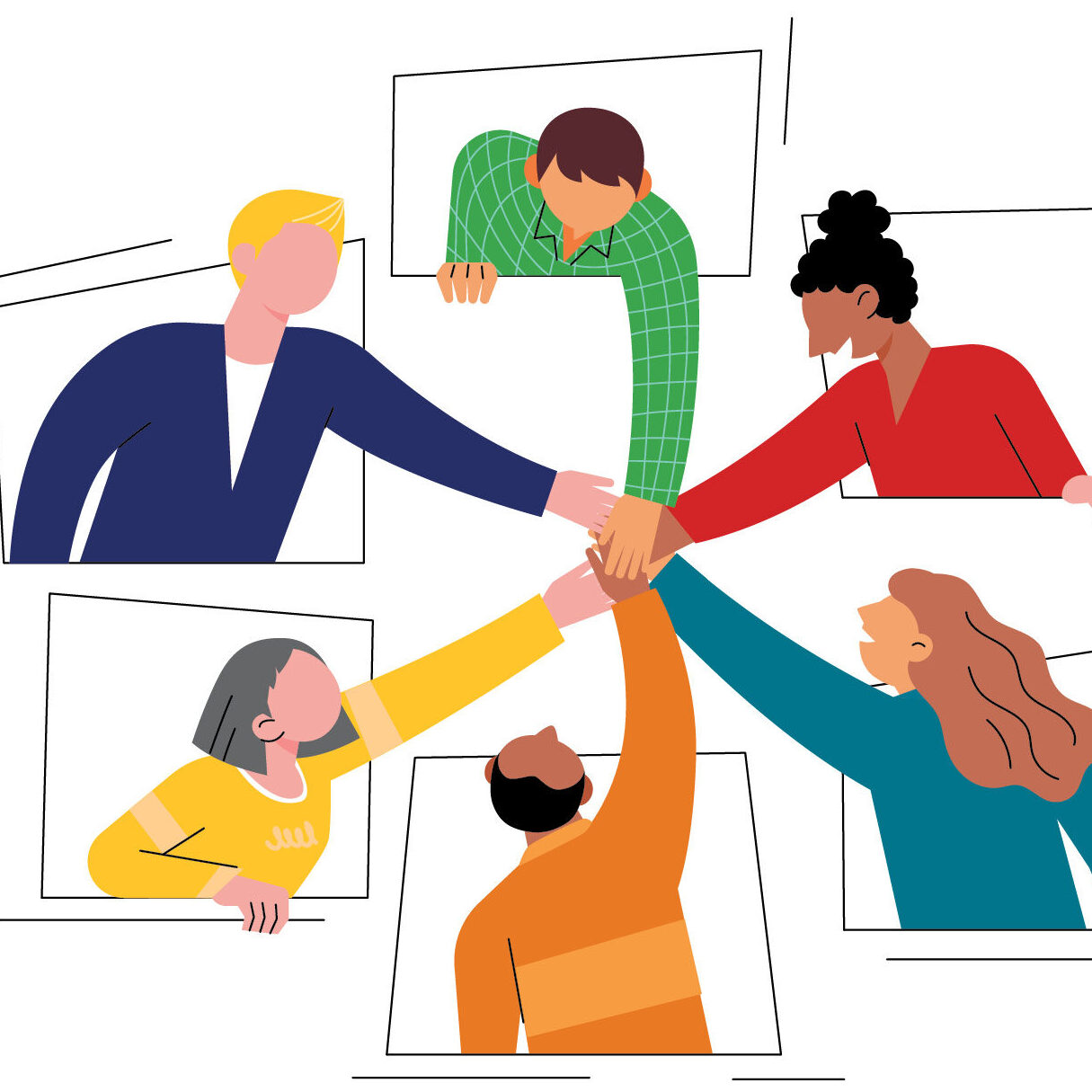Eligibility
These workshops are only available for free to neighbors– those living in proximity to each other within Roanoke City limits. Only neighborhoods in the City of Roanoke are eligible.

We expect many of the requests to come from formal neighborhood nonprofit organizations. But requests can also come from neighborhoods that haven’t organized yet or from a portion of a neighborhood where a few residents want to help people know each other better.
To be eligible, a neighborhood or group of neighbors requesting a workshop or performance must meet the following conditions:
Have the committed participation of at least eight (8) households in the neighborhood.
Work with the formal neighborhood organization (if there is one) on the activity. They don’t have to drive the activity, but they will have resources and tips to help promote and carry out the event.
Have the commitment of a leadership team or leader to:
» Meet with an Arts Connect Neighbors coach or facilitator;
» Assign a primary contact for the artist(s);
» Plan the larger event surrounding the performance or workshop (if there is one);
» Ensure the workshop or performance requirements are met;
» Think through how the event will help advance the goals of the neighbors and neighborhood;
» Promote the event and encourage participation of other neighbors;
» Implement the event and be present on the day of the event; and
» Debrief the project with neighbors and partners to learn lessons and start planning the next neighborhood effort!

Selecting an activity
Encourage neighbors to look through the catalog. You can easily share this link and post it on your social media pages! roanokeart.org/neighbors
Give people some time to look at the activities.
Bring them together to decide which workshop(s) or performance(s) are a priority for you.
Here are some questions you might want to ask the group. It’s also a good idea to send the prompts when you encourage neighbors to look through the activities:
– Which looks like it will be the most fun to you?
– Which do you think will attract the most neighbors to participate?
– Which can you most clearly imagine our neighborhood presenting?
– Which feels like an authentic fit for our neighborhood?
5. Request your selection(s) online at RoanokeArts.org/Neighbors. You can select more than one activity to take place at a larger event like a block party, or you can request individual workshops or performances that will happen on different days throughout the year.
Which best advances our current goals? (Note: Not sure what your current goals as a neighborhood are? That’s a great conversation to have! You might want to take the time now to step back and have it. Check out the tools on the next page, and invite one of our free facilitators to help you have the conversation!)
6. We’ll work hard to fill all requests that we can. Of course, it will depend on artist and funding availability. In some cases, we’ll reach out to you with some potential alternatives.
7. Once we connect you with the artist and our coaching and facilitation staff, you can take the next steps in planning!
8. All events will take place in the 2024 calendar year.
9. We’ll keep a calendar of all the events so that we can document them to share your neighborhood successes, to celebrate our community together, and to help you take your next steps as a neighborhood.

The Process
Lead Time
We encourage neighbors to get together early to make the most of this opportunity. Earlier is better! Remember that our artists may have calendars that fill up quickly, so if you really want an activity, get together with your neighbors and reach out to us soon to get a date set.
At a minimum, please request an activity at least one month in advance. Again, there’s no reason not to get on the books early. If you know your annual neighborhood fall festival is the first week in October, lock in that oompah band now. (There’s actually no oompah band in the catalog, but we’re hoping for one next year! Hear that, tuba players?)
Selection
We will work to use our resources to support as many requests as we can, but not every request will be funded. A selection panel will review the requests for:
– potential impact,
– overall diversity of investments, and
– likelihood of successful implementation by the neighborhood team.
Application
The simple, online application will start the conversation, asking for information such as:
– Neighborhood
– Neighborhood Organization Name
– Names of at least eight neighbors supporting the project (if not led by an active neighborhood organization)
– Primary contact name and contact information
– Requested art activity: first choice, second choice, and third choiceAligned event name (if any)
– Desired date (if known)
– Specific location (if known)
– Why you want to do the activity. What neighborhood goals do you hope to meet?
Geography
It’s important that we engage across the entire city. We are building a welcoming and inclusive city to which we all belong.
To reach every part of the city, we’ll encourage established and emerging neighborhood organizations by attending regular meetings and by trying to get the information in the hands of as many people as possible.
As artists are matched with neighborhoods and grant dollars are set aside, we may have to put some requests on hold in order to ensure that the investments reach all parts of the city. We’ll slow things down to give every neighborhood a chance to experience new connections through the arts.
Organizing for Stronger Neighborhoods
It gets easier with practice! Making decisions, planning events, and carrying out your work as a group becomes more comfortable as you do it. You create your own culture for decision-making; your group can be fun and caring, supportive and festive. You’ll be surprised how much easier it gets when you incorporate an intentional process that builds on values important to you.
1. Prepare for your meeting by considering your OARRS.
The Outcome you want to achieve,
The Agenda you’ll use to get there,
The Roles of individuals who will help you get there in the meeting,
The Responsibilities shared by all in the room–how you work together, and
The Scope of your meeting. Do you have the people you need to do the work? Are you the right group to do the work?
2. Consider ways to ensure that everyone gets to participate in the meeting–like going around the table or writing on sticky notes and putting ideas on the wall.
3. Create criteria for decision-making before you try to make the decision. The criteria can be specific to the goals at hand. What are you trying to do, and how does that guide the decision? Find out what’s important to the members in the group. Once you have a complete list, consider each of the options against your goal- based criteria.
4. Invite an outside facilitator into the meeting for key decisions or just to help you develop good practices. We’ve got facilitators able to work with you!
The Office of Neighborhood Services has a variety of resources to help you get started in organizing your neighborhood, like their guide to Organizing a Block Party. Check it out at RoanokeVa.gov/Neighborhoods.